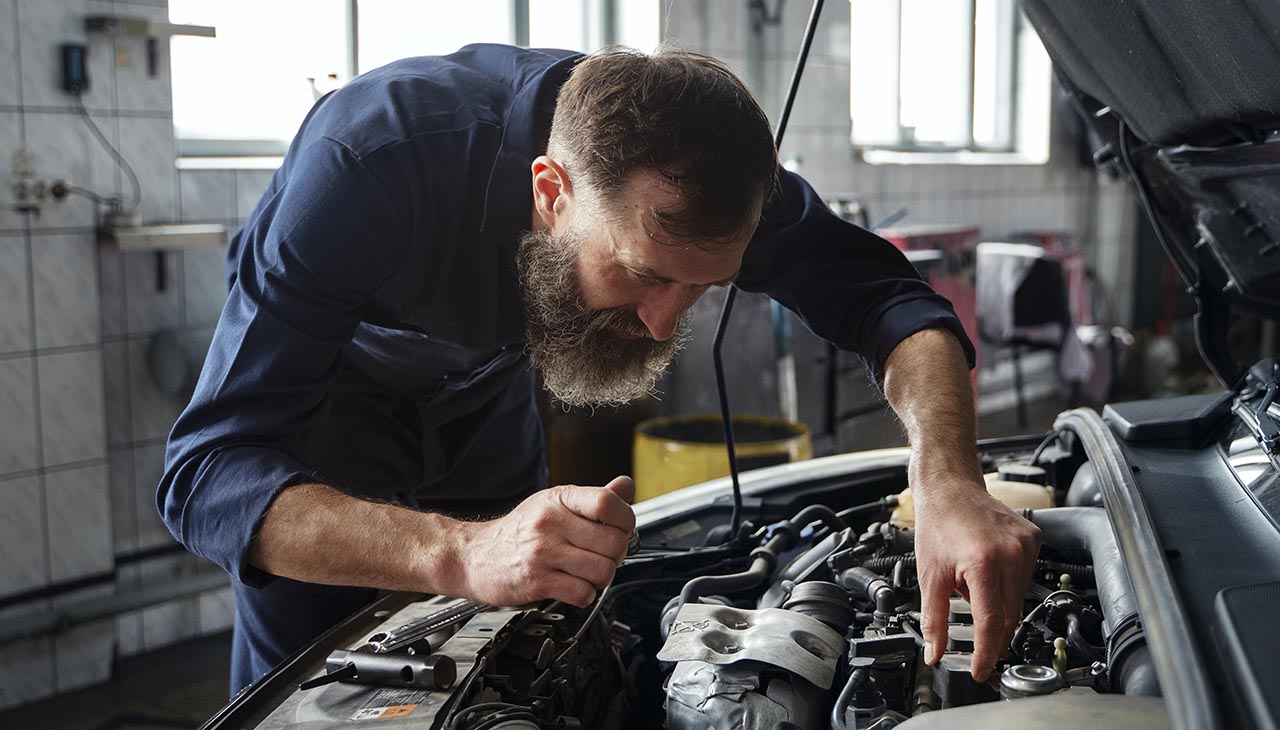Regular vehicle maintenance is crucial for ensuring the longevity of your car. It not only helps in keeping your vehicle running efficiently but also plays a significant role in preventing potential breakdowns and expensive repairs. Understanding the basic maintenance requirements can extend the lifespan of your vehicle, improve safety, and enhance fuel efficiency. This guide will walk you through essential tips and practices to keep your car in top condition, ensuring it remains reliable for years to come.
Regular Oil Changes
Importance of Changing Oil Regularly
Changing the oil in your vehicle is one of the most fundamental maintenance tasks, crucial for the smooth operation of your engine. Oil acts as a lubricant for the engine’s moving parts, reduces friction, minimizes wear, and helps in dissipating heat. Over time, engine oil breaks down and loses its efficiency due to the accumulation of dirt and debris, leading to increased engine wear and potential damage. Regular oil changes ensure your engine remains clean and effectively lubricated, preventing premature wear and tear.
Recommended Frequency
The recommended frequency of oil changes varies based on vehicle type, usage, and the manufacturer’s guidelines. Typically, conventional wisdom suggested changing the oil every 3,000 miles; however, with advancements in engine design and oil technology, many modern vehicles can now go 5,000 to 10,000 miles between oil changes. For vehicles that use synthetic oil, intervals can be even longer. It’s crucial to consult your vehicle’s owner manual for specific recommendations. Additionally, consider how you use your vehicle – frequent short trips, towing, or driving in extreme conditions may necessitate more frequent oil changes to maintain optimal engine health.
Tire Maintenance
Checking Tire Pressure and Tread Depth
Regularly checking your tire pressure and tread depth is vital for both safety and the efficiency of your vehicle. Appropriate tire pressure ensures optimal performance, fuel efficiency, and prevents premature wear. It also minimizes the risk of tire blowouts, which can lead to serious accidents. The recommended tire pressure for your vehicle can usually be found on a sticker inside the driver’s door or in the owner’s manual.
Tread depth, on the other hand, is crucial for maintaining good traction on the road, especially in adverse weather conditions. Worn tires reduce the vehicle’s ability to grip the road, increasing stopping distances and the risk of accidents. A simple way to check tread depth is the penny test; insert a penny into the tread with Lincoln’s head down, and if you can see the top of Lincoln’s head, it’s time to replace the tire.
Tire Rotation
Rotating your tires is another important aspect of tire maintenance that helps to ensure even wear across all tires, extend their lifespan, and improve vehicle safety. The process involves changing the positions of the tires on the vehicle according to the pattern recommended by the vehicle manufacturer or a tire professional. This practice should be carried out every 5,000 to 8,000 miles, or as recommended in your vehicle’s owner manual. Even wear helps to maintain consistent performance and handling across all four tires, providing a smoother ride and more predictable driving behavior.
Fluid Checks
Importance of Checking and Topping Up Fluids
In addition to regular oil changes and tire maintenance, checking and topping up other vehicle fluids such as coolant, brake fluid, and transmission fluid is essential for the smooth operation of your car. These fluids play crucial roles in vehicle performance and safety. Coolant helps in regulating the engine’s temperature, preventing overheating that can lead to breakdowns. Brake fluid is vital for the brake system’s effectiveness, ensuring that your vehicle can stop properly when necessary. Transmission fluid lubricates the moving parts inside your vehicle’s transmission, facilitating smooth gear shifts and operation.
Signs of Low Fluid Levels
- Coolant: Low coolant levels can lead to engine overheating, signified by the temperature gauge spiking to high levels or steam coming from under the hood.
- Brake Fluid: A decrease in brake fluid level can result in a spongy or unresponsive brake pedal, potentially leading to increased stopping distances and reduced braking efficiency.
- Transmission Fluid: Low transmission fluid may cause the vehicle to experience difficulties in changing gears, unusual noises from the transmission, or even slippage during gear changes.
Potential Consequences
Neglecting the proper maintenance of these fluids can lead to significant damage and costly repairs. For instance, running on low coolant can result in engine overheating, potentially causing severe engine damage. Insufficient brake fluid can compromise brake performance, increasing the risk of accidents. Likewise, low transmission fluid can lead to transmission damage or failure, necessitating an expensive replacement or repair. Regularly checking these fluid levels and topping them up as necessary is crucial to avoid these consequences, ensuring your vehicle remains safe and reliable.
Battery Care
Regular inspection of your car battery is essential to avoid unexpected breakdowns and maintain your vehicle’s reliability. Over time, battery terminals can develop corrosion, which may interfere with the electrical connections and impair the battery’s ability to start the engine. To inspect for signs of corrosion, look for a white powdery substance on the terminals, which is a clear indicator. Cleaning the terminals with a wire brush and applying anti-corrosion gel can help prevent future build-up.
Testing the health of your car battery periodically is also crucial, especially before the onset of extreme weather conditions, which can severely impact battery performance. Most automotive shops provide battery testing services that measure the charging and starting system’s performance, ensuring that your battery will perform reliably when you need it most. This preventive maintenance can save you from the inconvenience of a dead battery and the need for emergency roadside assistance.

